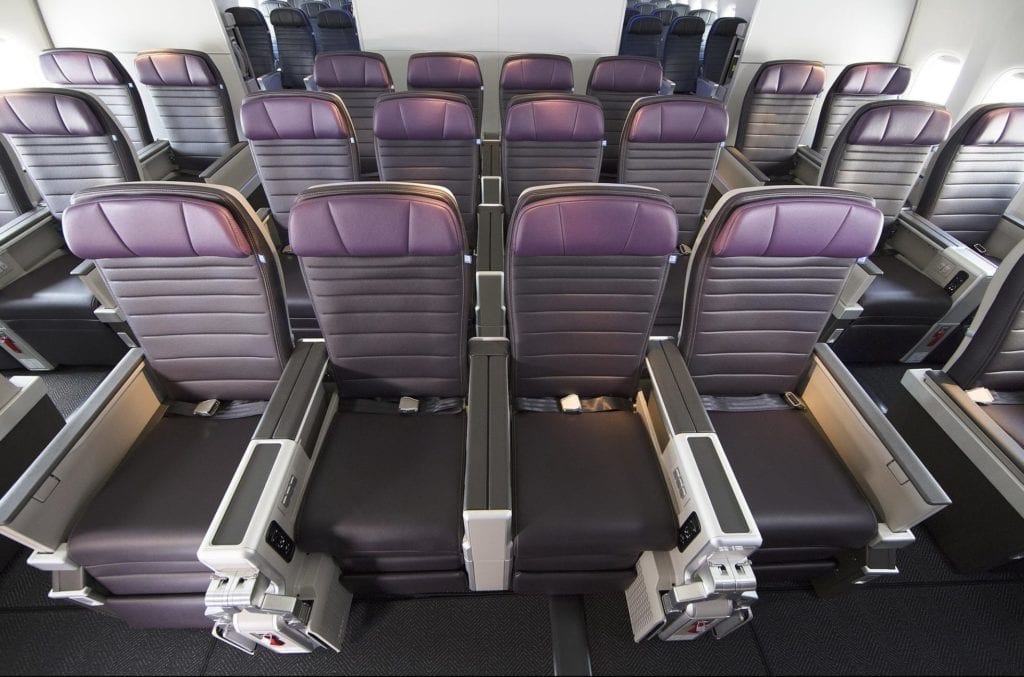United Sees Ancillary Revenue Growth Thanks to Direct-Channel Sales
Share

United Airlines has reported a significant ancillary-revenue boost last year, thanks to more direct-channel sales. The carrier’s EVP and CCO, Andrew Nocella, says having more control of how their products and services are presented to potential customers has helped. “The conversion rates on United.com for ancillary revenues are simply dramatically higher,” he said.
Improving the bandwidth of its in-flight connectivity services has started to pay off for United Airlines, whose more consistent and reliable connected experience drove a 45% increase in Wi-Fi usage last year, according to Andrew Nocella, United’s EVP and CCO.
While United’s goal echoes that of Delta Air Lines – to offer free Wi-Fi in the domestic US market – Nocella is aligned with Delta’s opinion that the days of introducing complimentary Wi-Fi is still some time away. “While the technology and bandwidth doesn’t yet exist, we’re getting ready,” Nocella said during a discussion about the airline’s fourth quarter results.
In-flight Wi-Fi is a feature airlines have long hoped to pre-sell on their websites to boost take-up rates and improve the passenger experience with more add-ons that can be bundled together rather than bought separately – and the same goes for plenty of other features.
Last year, United’s ancillary revenue grew 12%, faster than its 3.5% seat capacity increase. Nocella attributes this to the fact that the airline is driving 50% of total sales to its website and other direct channels, where it has greater control to market products not traditionally sold in the global distribution system [GDS]: “The conversion rates on United.com for ancillary revenues are simply dramatically higher,” Nocella explained.
Nocella ideally wants direct distribution to reach approximately 55% of total sales “over the next few years,” but tempers expectations. “It’s a big goal. We’ll see if we can get there,” he said.
Near term improvements in ancillary revenue are ascribed to United overhauling how it sells economy seats with extra legroom, which it calls Economy Plus. It is currently beta-testing a new interface design to improve how it presents information to passengers through its virtual store. “We have to get our products on the shelf for them to sell properly,” said Nocella.
Another new seating product is its premium-economy product, Premium Plus, which last quarter contributed 0.6 percentage points toward network-wide passenger revenue per available seat mile. That was a slight acceleration from earlier trends, and United expects this higher premium economy revenue growth to continue.


